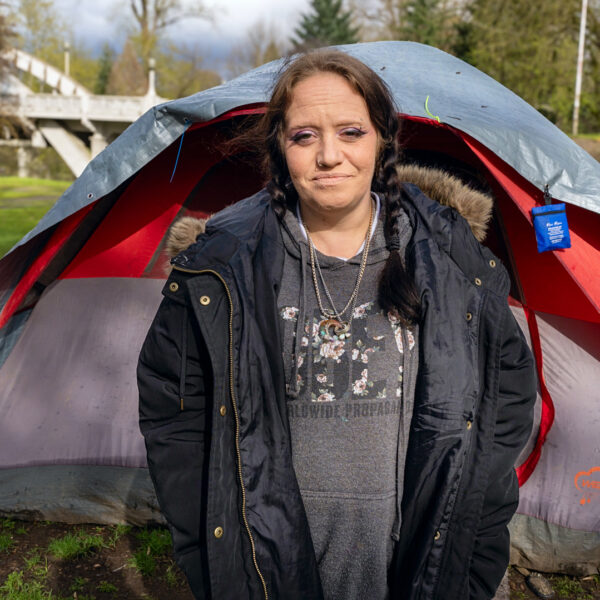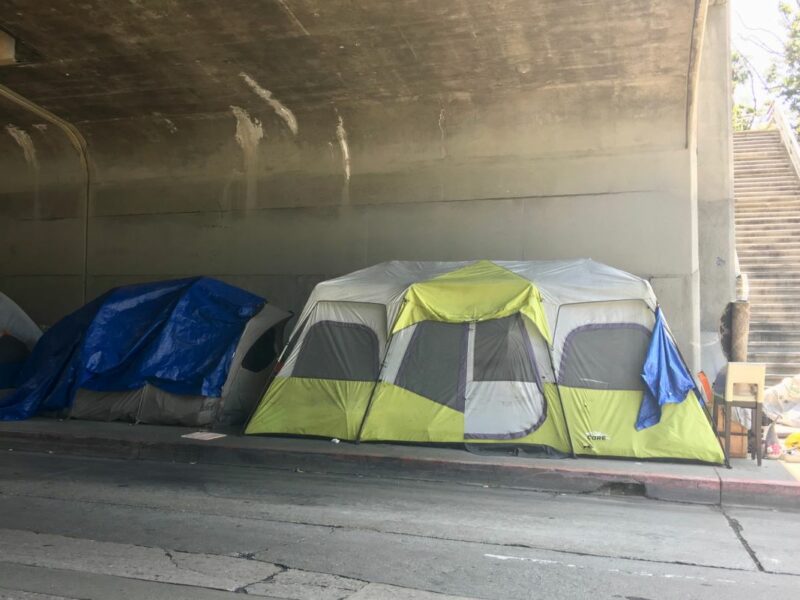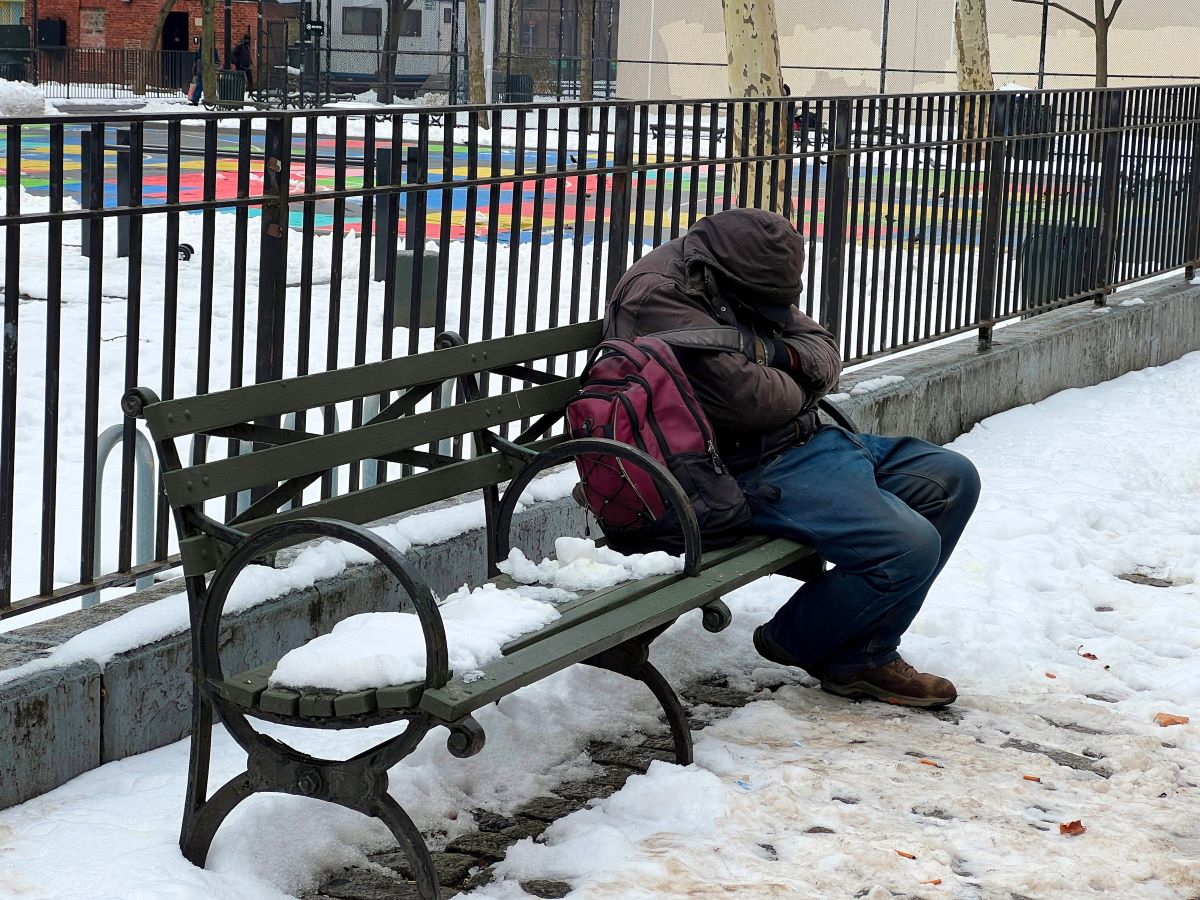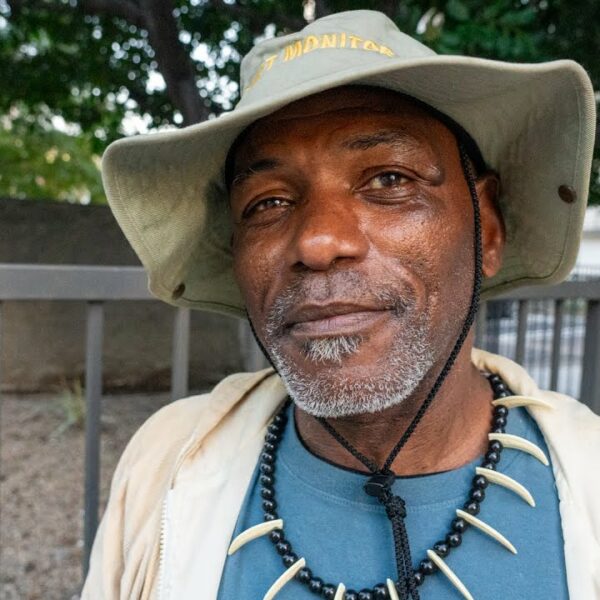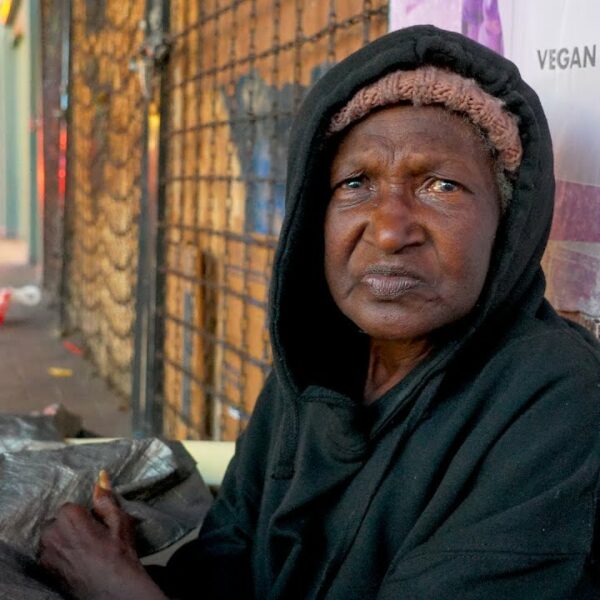Lack of Affordable Housing and Unemployment Are the First and Second Leading Causes of Homelessness, Respectively
When rental prices rise, and employment dips down, the inevitable aftereffect is increased homelessness.
A shattered dream is all that rests in the background of American life. Once viewed as easily obtainable goals, homeownership and affordable rental rates have become looming impossibilities. An uncertain economic future awaits us all, and a new obstacle has emerged – mass layoffs.
From Factory Workers to Corporate and Tech Employees, Mass Layoffs Take the Nation by Storm
Mass layoffs are “sweeping the US,” with some of the biggest corporations, from Amazon to Morgan Stanley cutting staff. In the wake of reevaluating costs and structure, no employment title is too prestigious or obscure to be touched.
To shed some light on precisely what is happening, here are the reported numbers:
- Buzzfeed cut staff by 12%, severing ties with roughly 180 employees
- Amazon plans to lay off about 10,000 employees, despite experiencing a 220% increase in profits
- Twitter cut its labor force dramatically in half under the leadership of new owner Elon Musk
- DoorDash, the popular meal delivery service that serves as a side hustle for many, intends to lay off 1,250 dashers, despite an eightfold increase in profit since 2019
- Meta (Facebook) announced plans for the first mass layoff in the corporation’s history on November 9
Other notable companies cutting costs by cutting staff members include:
- Snapchat
- Sound Cloud
- Peloton
- Zillow
- Stellantis
- Goldman Sachs
- CNN
- H&M
- Pepsi
- Carvana and many more
In November 2022 alone, 52,711 tech jobs were lost. Forbes just coined 2023 as the year of the “white-collar recession.”
What does all this mean for the ever-increasing state of American homelessness? A lot, actually…
The Rise of Mass Layoffs and the Fall of Corporate Employment
When speaking candidly about their intentions to reduce the number of employees on staff drastically, executives primarily cited vague reasons. For example, in a press release reported on by Business Insider, fast fashion clothing designer H&M claimed their mass layoffs were being implemented to “reduce costs and further improve efficiency.”
Pepsi’s statement contained comparable vague language, claiming their mass layoffs would “simplify the organization so we can operate more efficiently.”
Some analysts suggest that mass layoffs in white-collar positions could result from employers over-hiring and then rectifying this by firing people. This is a relatively new concept, referred to by reporters as labor hoarding. It is essentially the corporate response to having a surplus of unfilled employment slots.
Expert opinions vary as to whether mass layoffs in big tech are yet another sign of a looming recession, but one thing is certain – more layoffs mean more homelessness, no matter who gets fired.
Unemployment is the Second-Leading Cause of Homelessness
The topic of homelessness is shrouded by common myths and misconceptions, especially concerning the root causes. Studies show that most people overinflate the roles of addiction and mental health, wrongly assuming one or the other is the leading cause of homelessness.
In reality, the leading cause of homelessness is a lack of affordable housing. What about the second-leading cause of homelessness? According to The National Law Center on Homelessness and Poverty, it’s unemployment.
Mass layoffs play a massive role in unemployment. Even temporary layoffs can adversely affect the economy. The National Bureau of Economic Research states that one-third of all unemployment spells begin with temporary layoffs that become permanent.
To put this into perspective, the unemployment rate skyrocketed in 2020 due to quarantine and corporate shutdowns. The world didn’t turn, and neither did the dollar. Women witnessed unemployment rates as high as 15.7% (compared to 3.4% in the month leading into the pandemic). Men were not far behind, with unemployment rates peaking at just over 13%.
If you’re wondering just how much of this increase was caused by temporary layoffs, the answer is 98%. That’s right. Almost all the soaring unemployment rates in 2020 were attributed to workers getting laid off.
The Leading Causes of Homelessness is Increasing
The current housing crisis has increased to the point where we are short more than 7 million affordable homes. Unequivocally, this means that the leading cause of homelessness (lack of affordable housing) is increasing.
Now, in the wake of mass layoffs and a possible pending recession ahead, the second-leading cause of homelessness (unemployment) is set to soar, too. How can homelessness be eliminated or reduced if the underlying issues driving it are on the rise?
Homelessness: Nobody is Untouchable
In the future’s uncertain economic standing, no job is safe, and no employment is guaranteed. Since unemployment is the second-leading cause of homelessness, the recent mass tech layoff proves that anyone can become homeless anytime from any social position – even you.
Talk to Your Policymakers About Making Housing a Human Right
You might be unaware of this, but legislators draft laws about homelessness all the time. The problem is that most of those laws are designed to criminalize homelessness rather than offer any real solutions.
More layoffs are already on the horizon for 2023, and mortgage and rental rates continue to climb. The only way to protect yourself, your loved ones, and your neighbors from falling through the social safety nets and ending up on the streets is by urging lawmakers to legislate housing as a human right for all.




